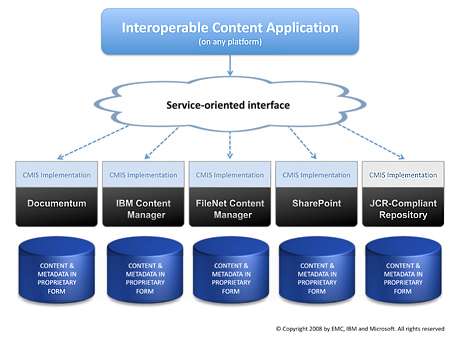Alex's great follow up post about my thoughts on the nature of blogging resulted in a flurry of comments on his post, but the discussion also leaked out into other conversational platforms, including Twitter and even a Yahoo! Groups mailing list. That in itself is a great example of how online conversations flows through different mediums and tools - blog comments are part of that ecosystem, but not the only channel for conversation. And in fact, let's not forget the unmediated conversations going on offline.
But getting back to Alex's points, he says:
"For me these days a blog is little more than a sophisticated, easy-to-use website platform. A place where an individual or a department/function can have their own site quickly and easily. Simplistic that may be, but whether news posts or thought articles, the commenting or conversation aspect of blogging appears to by dying down in many places... Yet blogs without comment aren't necessarily lacking in readership - or even participation. This is where the "intent" aspect of James D's manifesto falls down for me. I don't think conversations necessarily make a blog."
I don't think either that the level of readership or participation (comments or otherwise) at a particular point in time is a reflection of the blogger's "intent". However, the ability to comment on a blog does reflect that the blogger is open to the potential for further conversation. Bearing in mind that most users don't create new content (think of the 1% rule) and aren't twittering, commenting at least provides an option for everyone to participate.
However, this still doesn't take away from Alex's point that the way we are using blogging technology is changing. Actually, Serena's comment appeals strongly to my socio-technical view point:
"Tools are becoming easier to use and adapt to our needs. They are inching towards transparency. We will continue to interact with technology and ourselves in new ways that we do yet not have the perfect words for."
To refine that point a little, I think in some instances blogging tools (and other social computing technologies, like wikis) have actually tapped into what was a previously unmet need for light weight content management and publishing systems. In the past very few organisations provided people with access to the kinds of tools that would allow this, but Web-based tools and open source have certainly worked to remove that barrier (and created products with better usability in the process).
Incidentally, someone also commented to me offline that the issue of defining blogging is again confused by the use of the word as both a verb and noun, similar to the (mis)use of the word wiki.
But none of this is really core to my point.
Overall I don't disagree with any of Alex's observations about the state of blogging. However, fundamentally my point of view is based on the desire to tease out the different use cases for blogging with the objective of understanding it better as a workplace technology. Simply observing change doesn't inform potential users of the outcomes they should expect by following a particular strategy.
Putting this into context, one of my big concerns about social media like blogging is that organisations approach it as a technology that can be simply deployed and will magically result in a positive organisational outcome - typically that might be something around better communication, fostering social capital and maybe even innovation. The reality of course is that despite the ease of deployment and use a blogging platform provides, ultimately it is how you choose to use it that will make the difference. And simply pushing out content won't make staff or customers engage with you. Note that this is of course different if your intent is simply to use a blog to publish or host content.
While clearly the evidence suggests that you can't simply view blogging as the only social media channel, however for me its still the lowest common denominator place for starting a many-to-many conversation. What then interests me further is helping organisations with the gap between the intent and reality of how they go about blogging to start that conversation.
So, If you have a blog and no one is commenting, my general advice is to pursue it with the expectation and intent that one day they will. But if you accept a mediocre approach, then surely you can only except a disappointing response in return?
